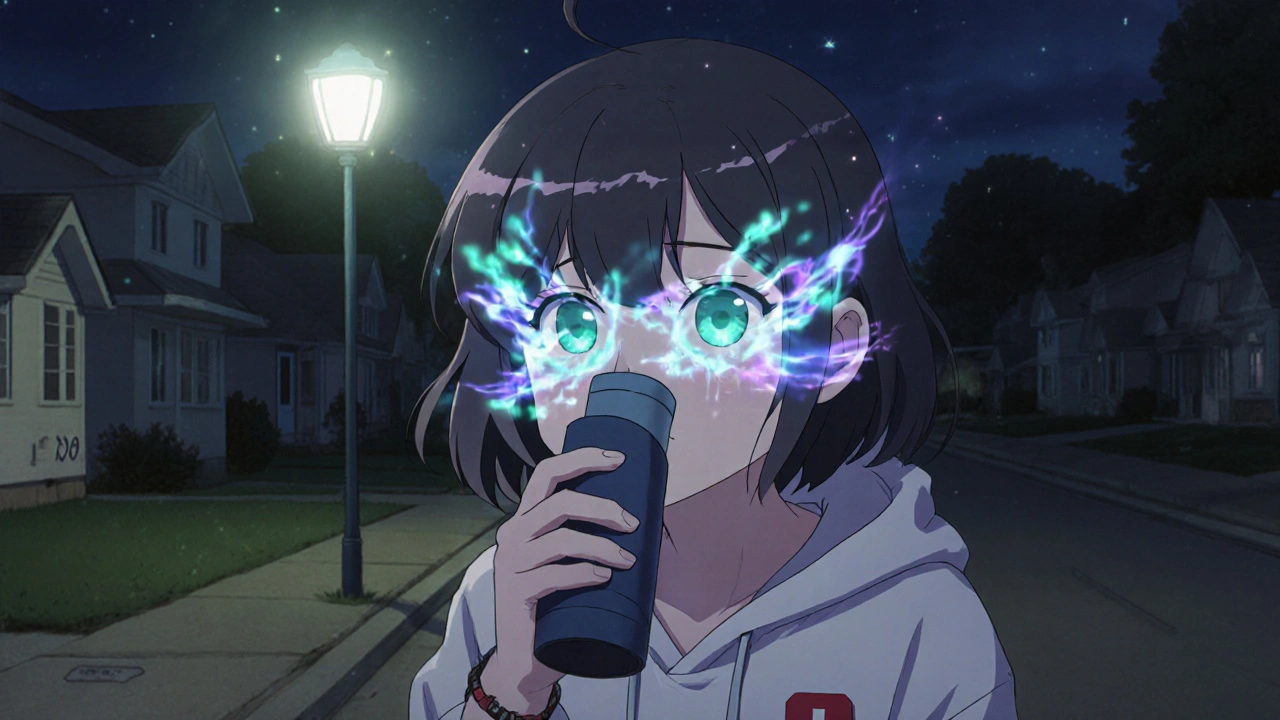Cataract Treatment: Options, Advances, and What Works Best
When your vision starts to feel foggy, like looking through a frosted window, it’s often not just aging—it’s a cataract, a clouding of the eye’s natural lens that gradually impairs vision. Also known as lens opacity, it’s the leading cause of reversible blindness worldwide, affecting over half of people over 80. Unlike some eye conditions that need lifelong management, cataracts have a clear, proven fix: removal and replacement. But that doesn’t mean all treatments are the same.
Today’s cataract surgery, a minimally invasive outpatient procedure that removes the cloudy lens and replaces it with an artificial one. Also known as phacoemulsification, it’s one of the most common and successful surgeries in the world, with over 95% success rates and quick recovery times. The new lenses, called intraocular lenses or IOLs, aren’t just basic replacements anymore. You can choose ones that correct nearsightedness, farsightedness, or even astigmatism—some let you see clearly at all distances without glasses. That’s a game-changer for people who’ve worn readers for years.
But surgery isn’t the only part of the story. Before it’s time to operate, many people manage symptoms with stronger glasses, brighter lighting, or anti-glare sunglasses. These won’t stop the cataract, but they can help you stay independent longer. And while no food or supplement can reverse a cataract, studies show that eating leafy greens, omega-3-rich fish, and foods high in antioxidants like vitamins C and E may slow progression. It’s not a cure, but it’s a smart move for long-term eye health, the overall condition and function of your visual system, including the lens, retina, and optic nerve.
Not everyone needs surgery right away. If your vision still lets you drive, read, and do daily tasks, your doctor might suggest waiting. But if glare from headlights or difficulty recognizing faces starts to interfere with your life, it’s time to talk options. Modern techniques use tiny incisions, no stitches, and local anesthesia—you’re awake but feel no pain. Recovery is usually just a few days, and most people notice clearer vision almost immediately.
What you’ll find below are real, practical guides on what to expect before, during, and after cataract treatment. From comparing lens types to understanding insurance coverage, spotting warning signs that surgery is overdue, and even how to prepare your home for recovery—these posts cut through the noise. You won’t find fluff here. Just clear, no-nonsense advice from people who’ve been there, and doctors who’ve seen it all.

Steroid-Induced Cataracts: What Vision Changes to Watch For and How They’re Treated
Steroid-induced cataracts develop quickly and cause blurry vision, glare, and faded colors. Learn how steroids damage the lens, who’s at risk, and why early eye exams can save your sight - even if you need to keep taking steroids.
October 27 2025